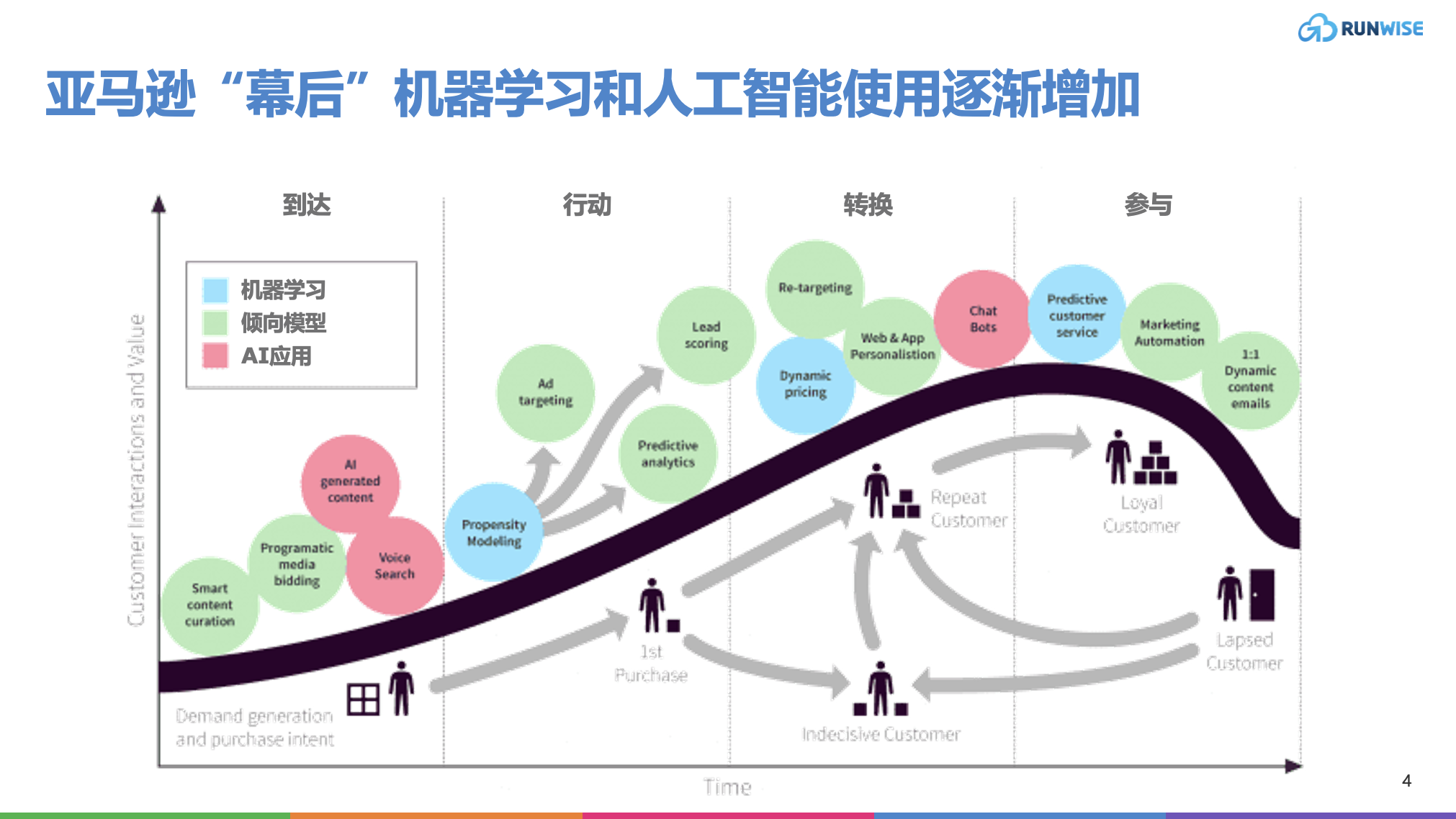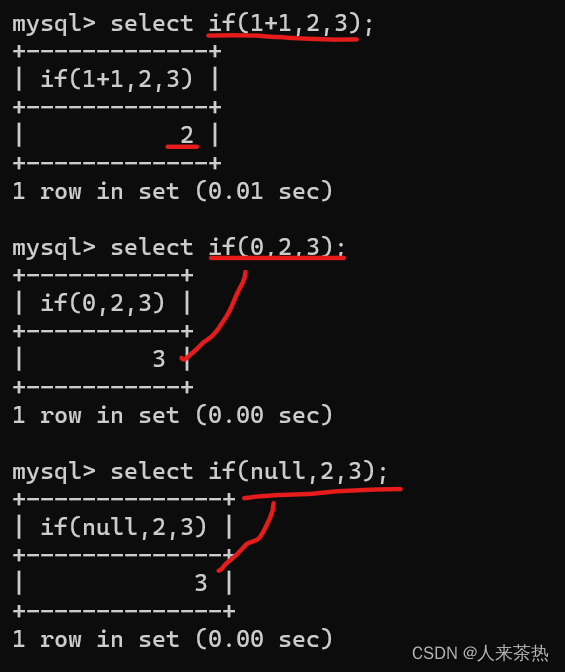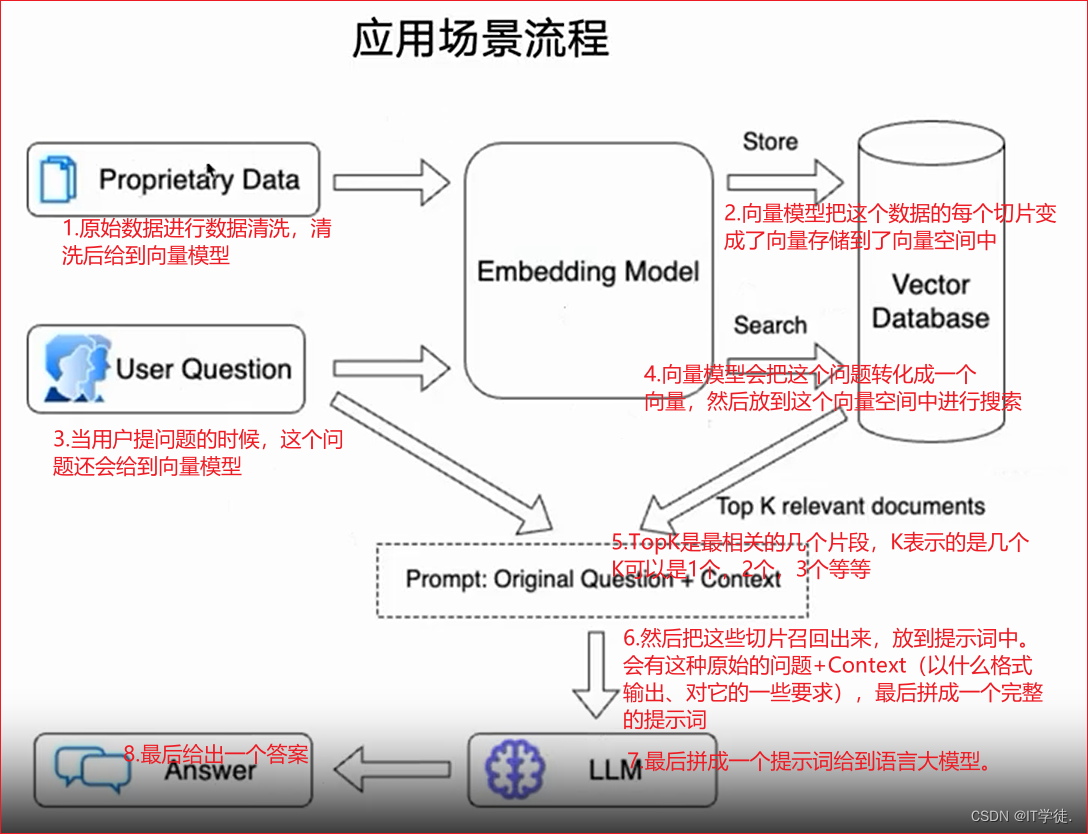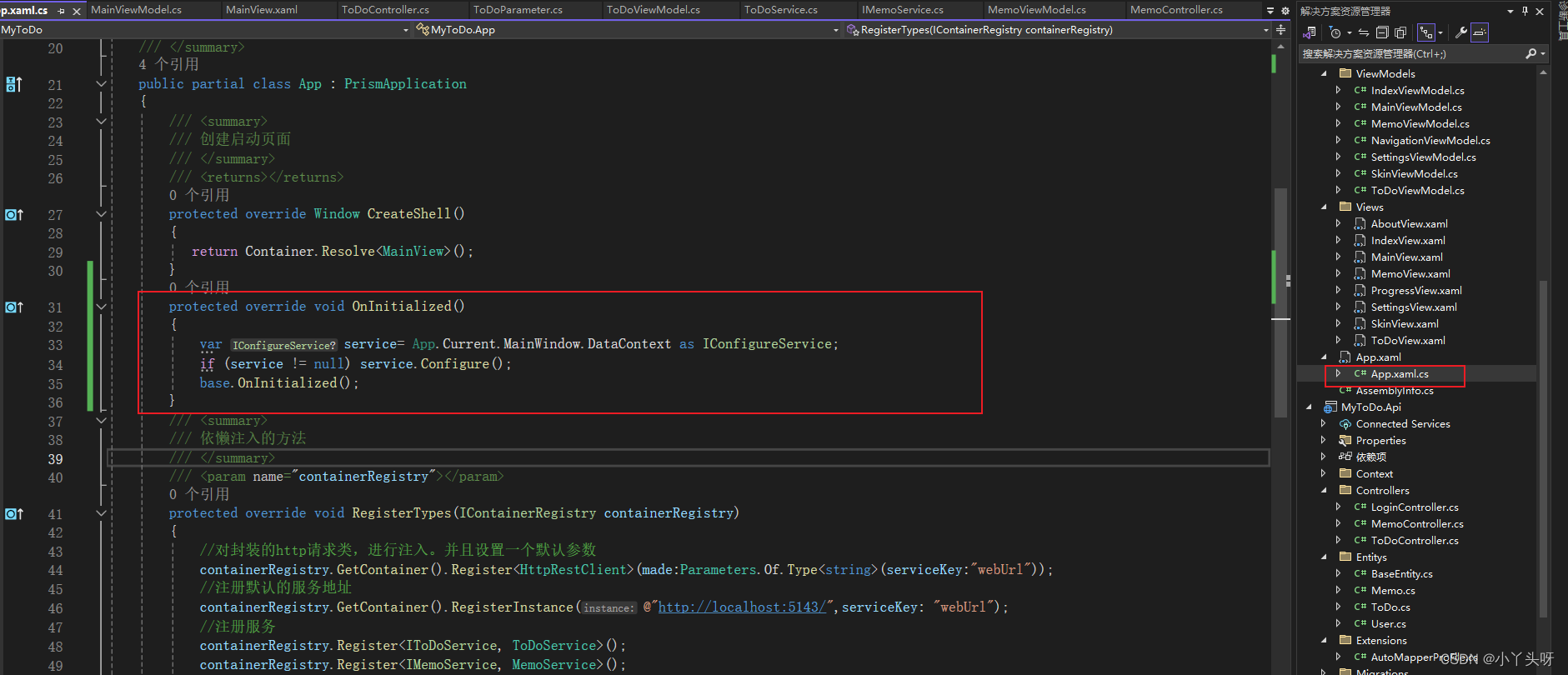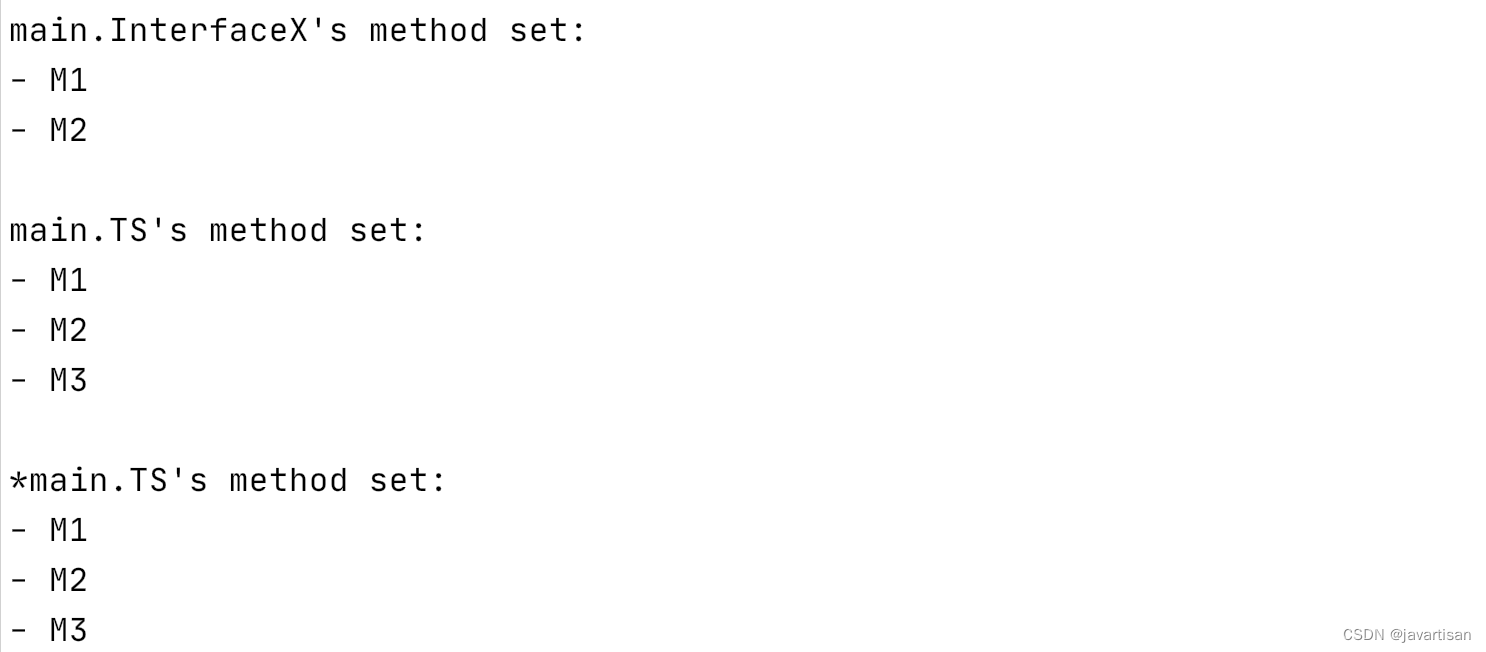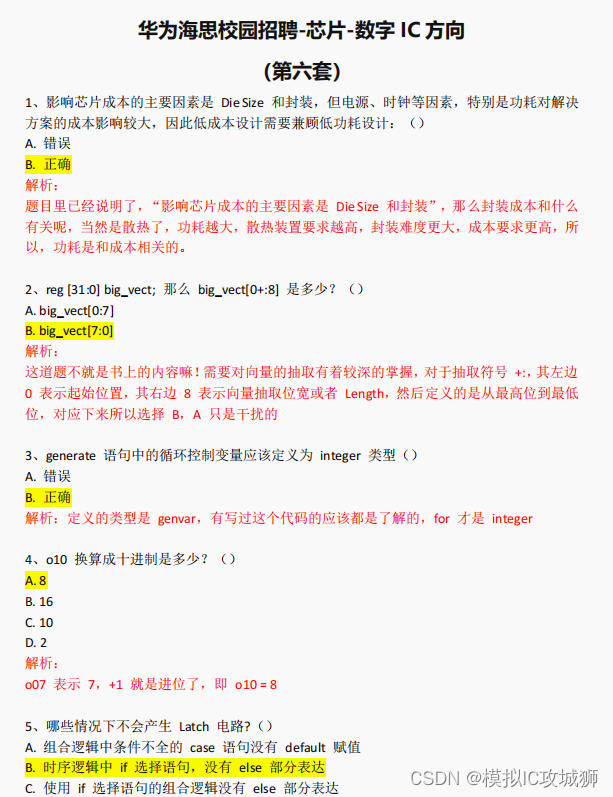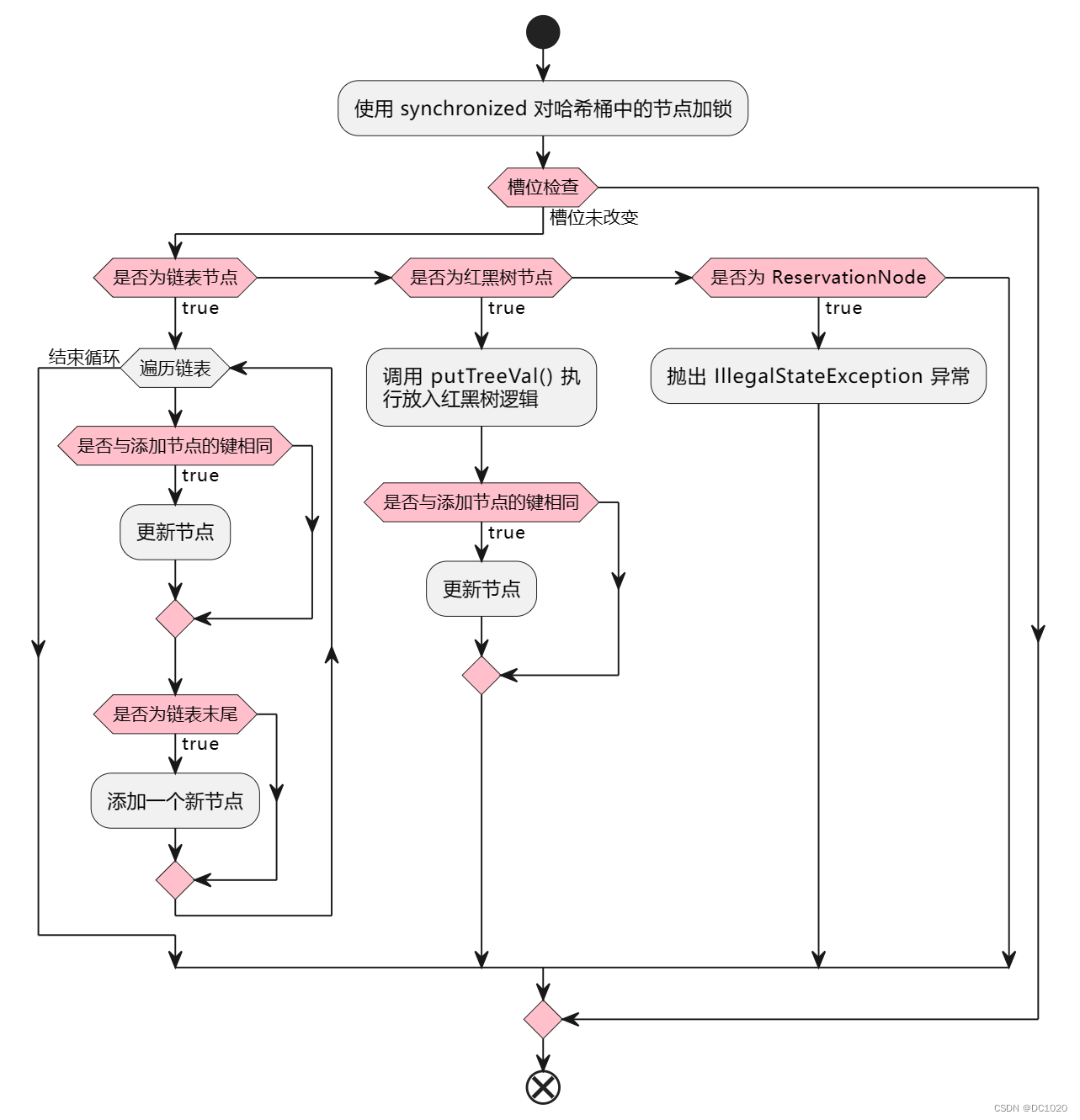目录
分类网络的常见形式
VGG网络架构
VGG网络部分实现代码
分类网络的常见形式
常见的分类网络通常由特征提取部分和分类部分组成。
特征提取部分实质就是各种神经网络,如VGG、ResNet、DenseNet、MobileNet等。其负责捕获数据的有用信息,一般是通过堆叠多个卷积层和池化层来实现的,这些层有助于检测图像中的边缘、纹理和特征。
分类部分通常是一个全连接层,负责将特征提取部分输出的信息映射到最终的类别或标签。这些全连接层通常包括一个或多个隐藏层,以及一个输出层,其中输出层的节点数量等于任务中的类别数量。
VGG网络架构
论文原址:https://arxiv.org/pdf/1409.1556v6.pdf
VGG 网络是由牛津大学的Visual Geometry Group 开发的,其结构特点在于使用了多个 3x3 的小卷积核,并通过这些小卷积层的重复堆叠来构建网络,从而能够捕捉到更加复杂和抽象的特征表示。VGG 网络的模型结构如下:

VGG网络的核心架构可以分为以下几个部分:
- 输入层:VGG网络接受224x224像素的RGB图像作为输入。
- 卷积层:网络的前几层由多个卷积层组成,每个卷积层都使用3x3的卷积核来提取图像的特征。这些卷积层后面通常跟着一个2x2 最大池化,用于逐步减小特征图的空间尺寸,同时增加特征深度。
- 池化层:在卷积层之后,网络使用最大池化层来降低特征图的空间分辨率,这有助于减少计算量并提取更加抽象的特征。
- 全连接层:经过多个卷积和池化层之后,网络的特征图被展平并通过几个全连接层进行处理。全连接层的作用是将学习到的特征映射到最终的分类结果。
- 输出层:VGG网络的最后是一个softmax层,它将网络的输出转换为概率分布,以便进行多类别的分类任务。
VGG网络的一个显著特点是其深度,其相关配置信息如下:

VGG系列不同变体内容如下:
- VGG A:这是一个基础的配置,没有特别独特的设计。
- VGG A-LRN:在这个版本中,加入了局部响应归一化(LRN),这是一种在AlexNet中首次使用的技术。不过,LRN在当前的深度学习实践中已经较少被采用。
- VGG B:相较于A版本,B版本增加了两个卷积层,以增强网络的学习能力。
- VGG C:在B的基础上,C版本进一步增加了三个卷积层,但这些层使用的是1x1的卷积核。1x1卷积核可以看作是对输入特征图进行线性变换,有助于减少参数数量并增加非线性。
- VGG D:D版本在C版本的基础上做了调整,将1x1的卷积核替换为3x3的卷积核,这个配置后来被称为VGG16,因为它总共有16层。
- VGG E:在D版本的基础上,E版本进一步增加了三个3x3的卷积层,形成了VGG19,总共有19层。
从图中可以看出,随着网络深度的加深,模型变得更为复杂。通常来说,增加网络的深度可以增加模型的表示能力,使其能够学习到更复杂的特征和模式,从而在某些任务上取得更好的性能。然而,随着网络深度的增加,模型的参数数量也会增加,导致模型的复杂度增加,训练和推理的计算成本也会增加,同时可能会增加过拟合的风险。
VGG网络部分实现代码
废话不多说,直接上干货
import torch
import torch.nn as nn
__all__ = ["VGG", "vgg11_bn", "vgg13_bn", "vgg16_bn", "vgg19_bn"]
cfg = {
'A': [64, 'M', 128, 'M', 256, 256, 'M', 512, 512, 'M', 512, 512, 'M'],
'B': [64, 64, 'M', 128, 128, 'M', 256, 256, 'M', 512, 512, 'M', 512, 512, 'M'],
'C': [64, 64, 'M', 128, 128, 'M', 256, 256, 256, 'M', 512, 512, 512, 'M', 512, 512, 512, 'M'],
'D': [64, 64, 'M', 128, 128, 'M', 256, 256, 256, 256, 'M', 512, 512, 512, 512, 'M', 512, 512, 512, 512, 'M'],
}
class ConvBNReLU(nn.Module):
def __init__(self, in_channels, out_channels, stride=1, kernel_size=3, padding=1):
super(ConvBNReLU, self).__init__()
self.conv = nn.Conv2d(in_channels=in_channels, out_channels=out_channels, kernel_size=kernel_size, stride=stride, padding=padding)
self.bn = nn.BatchNorm2d(num_features=out_channels)
self.relu = nn.ReLU(inplace=True)
def forward(self, x):
x = self.conv(x)
x = self.bn(x)
x = self.relu(x)
return x
class VGG(nn.Module):
def __init__(self, features, num_classes=1000, init_weights=True):
super(VGG, self).__init__()
self.features = features
self.avgpool = nn.AdaptiveAvgPool2d((7, 7))
self.classifier = nn.Sequential(
nn.Linear(512 * 7 * 7, 4096),
nn.ReLU(True),
nn.Dropout(),
nn.Linear(4096, 4096),
nn.ReLU(True),
nn.Dropout(),
nn.Linear(4096, num_classes),
)
if init_weights:
self._initialize_weights()
def forward(self, x):
for layer in self.features:
x = layer(x)
x = self.avgpool(x)
x = torch.flatten(x, 1)
x = self.classifier(x)
return x
def _initialize_weights(self):
for m in self.modules():
if isinstance(m, nn.Conv2d):
nn.init.kaiming_normal_(m.weight, mode='fan_out', nonlinearity='relu')
if m.bias is not None:
nn.init.constant_(m.bias, 0)
elif isinstance(m, nn.BatchNorm2d):
nn.init.constant_(m.weight, 1)
nn.init.constant_(m.bias, 0)
elif isinstance(m, nn.Linear):
nn.init.normal_(m.weight, 0, 0.01)
nn.init.constant_(m.bias, 0)
def make_layers(cfg):
layers = nn.ModuleList()
in_channels = 3
for i in cfg:
if i == 'M':
layers.append(nn.MaxPool2d(kernel_size=2, stride=2))
else:
layers.append(ConvBNReLU(in_channels=in_channels, out_channels=i))
in_channels = i
return layers
def vgg11_bn(num_classes):
model = VGG(make_layers(cfg['A']), num_classes=num_classes)
return model
def vgg13_bn(num_classes):
model = VGG(make_layers(cfg['B']), num_classes=num_classes)
return model
def vgg16_bn(num_classes):
model = VGG(make_layers(cfg['C']), num_classes=num_classes)
return model
def vgg19_bn(num_classes):
model = VGG(make_layers(cfg['D']), num_classes=num_classes)
return model
if __name__=='__main__':
import torchsummary
device = 'cuda' if torch.cuda.is_available() else 'cpu'
input = torch.ones(2, 3, 224, 224).to(device)
net = vgg16_bn(num_classes=4)
net = net.to(device)
out = net(input)
print(out)
print(out.shape)
torchsummary.summary(net, input_size=(3, 224, 224))
# Total params: 134,285,380这只是一个网络架构部分实现代码,其中 cfg 列表是 VGG 卷积和池化后的通道数,大家可以结合 VGG 的配置信息图一起对比理解。希望对大家有所帮助呀!
